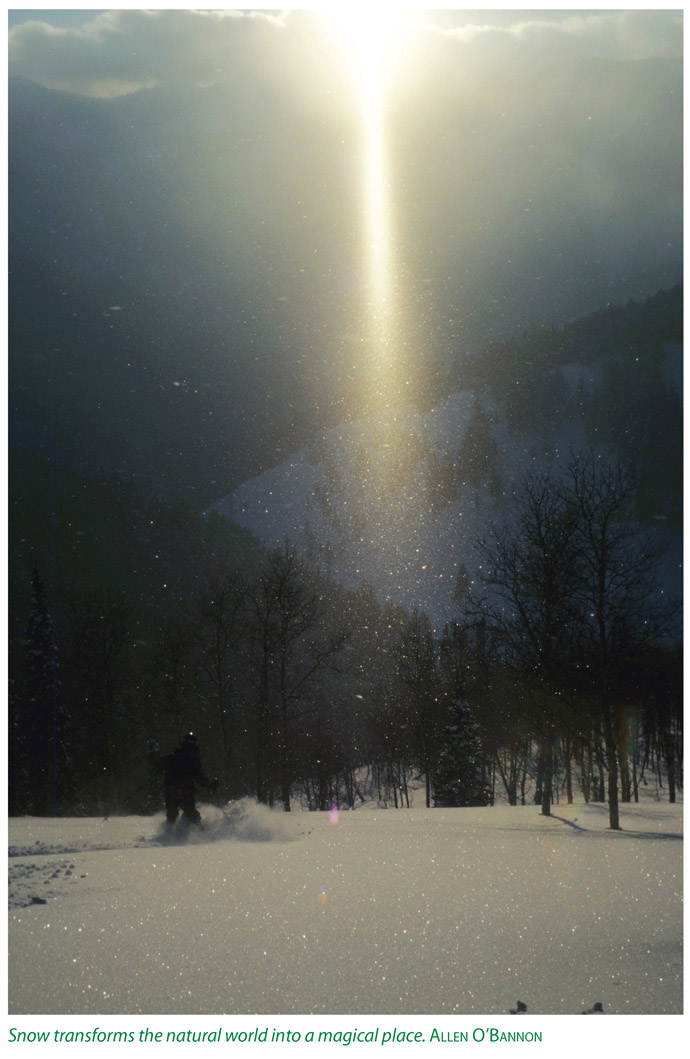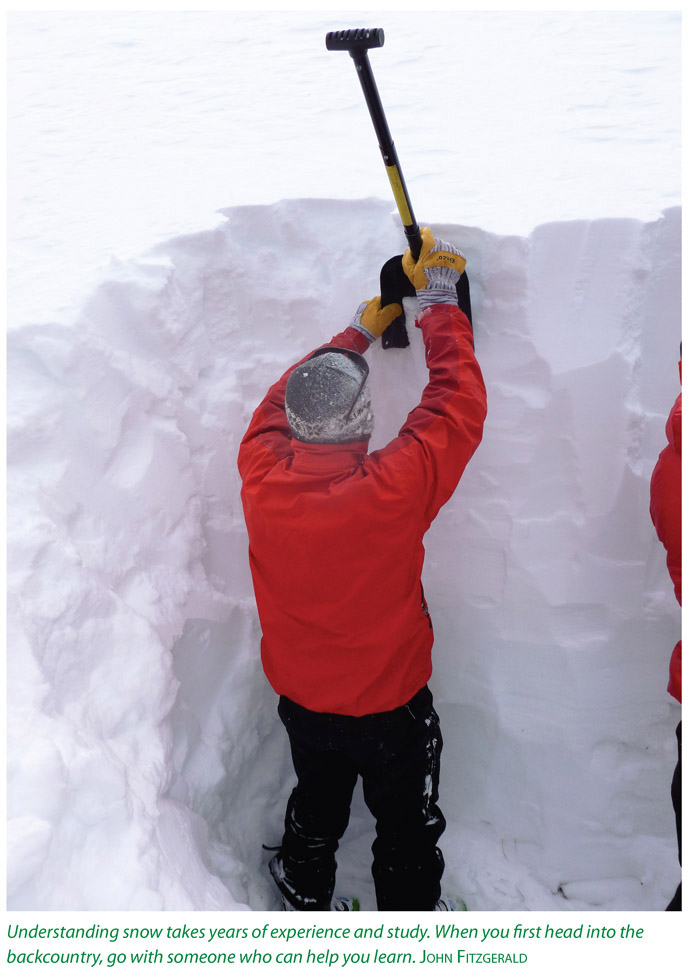BASIC ILLUSTRATED Alpine Ski Touring
An imprint of Rowman & Littlefield
Falcon and FalconGuides are registered trademarks and Make Adventure Your Story is a trademark of Rowman & Littlefield.
Distributed by NATIONAL BOOK NETWORK
Copyright 2016 by Rowman & Littlefield
All interior photographs by Molly Absolon, unless otherwise noted
All rights reserved. No part of this book may be reproduced in any form or by any electronic or mechanical means, including information storage and retrieval systems, without written permission from the publisher, except by a reviewer who may quote passages in a review.
British Library Cataloguing-in-Publication Information available
Library of Congress Cataloging in Publication Data available
ISBN 978-1-4930-1847-5 (paperback)
ISBN 978-1-4930-1848-2 (e-book)
 The paper used in this publication meets the minimum requirements of American National Standard for Information SciencesPermanence of Paper for Printed Library Materials, ANSI/NISO Z39.48-1992.
The paper used in this publication meets the minimum requirements of American National Standard for Information SciencesPermanence of Paper for Printed Library Materials, ANSI/NISO Z39.48-1992.
The author and Rowman & Littlefield assume no liability for accidents happening to, or injuries sustained by, readers who engage in the activities described in this book.
About the Author
Molly Absolon is a former NOLS instructor, an environmental educator, and outdoor writer. She is the author of the Backpacker Magazine Core Skills books Campsite Cooking, Hiking and Backpacking with Kids, Trailside Navigation, Trailside First Aid, and Outdoor Survival, as well as Basic Illustrated Winter Hiking and Camping. She lives in Victor, Idaho.
Introduction
The first time I went backcountry skiing was in the late 1980s. I was on skinny telemark skis, wearing leather telemark boots that barely rose above my ankle. I managed to link a few wobbly turns, and a 20-degree slope felt plenty steep, which meant the experience wasnt really about the skiingit was about the place.
Id never been out in the winter before. Never experienced the stillness of a forest coated in sparkling snow or the thrill of painting a blank slope of untracked powder with my tracks (ugly as they were in those days). Id never seen the telltale signs of a weasel hunting in a snow-covered meadow or followed the path of a porcupine dragging its belly through the powder.
Even the stormy side of winter thrilled me. The sound of the wind, the challenge of keeping warm, the intensity of making real life-and-death decisions about where to go, what to ski, and how to communicate all gave the adventure a power that hooked me.
As the years passed, the old telemark gear morphed into todays modern alpine touring gear, and with that my attraction to backcountry skiing shifted. Now the allure is not just the magic of winter in the mountains, its also the thrill of skiing powder and skiing it wellon bomber alpine touring equipment, with the heel locked down, rather than doing telemark turns on the gear of yore (although there are some who still enjoy that unique challenge). Im not alone in making this transition. Todays alpine touring gear is light and high performing. Long gone are the wobbly turns of old. Now you can ski steep, technical terrain on gear that is also comfortable for a long uphill skin (ascending using climbing skins on your skis).
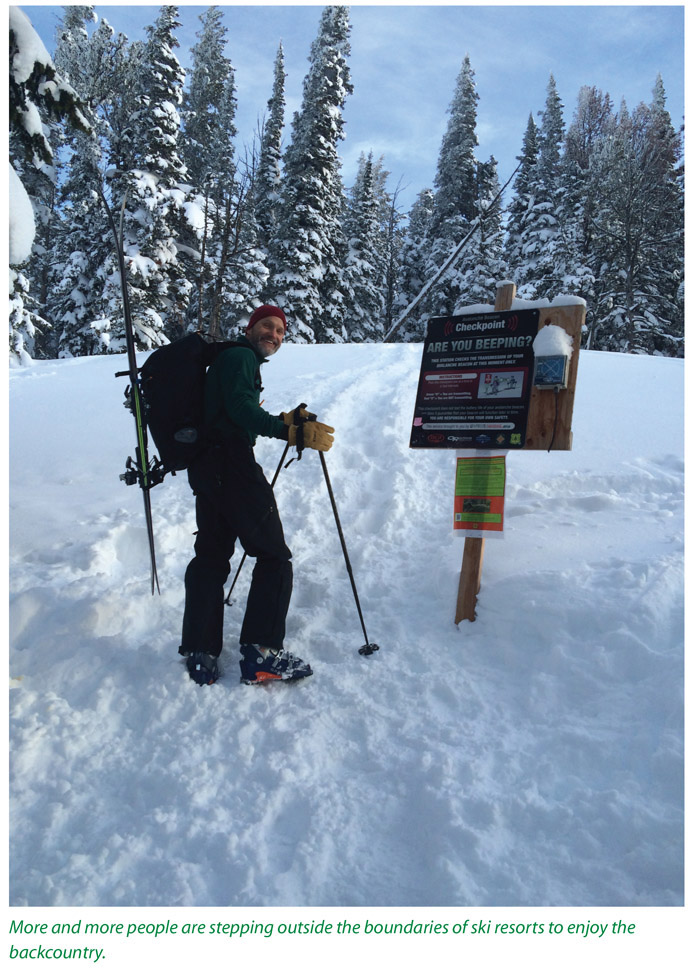
This shift in equipment has resulted in a boom in the backcountry ski industry. Alpine touring (commonly referred to as AT) is the fastest-growing segment of the snow sports industry. No more are the days when you were guaranteed fresh shots of untracked snow if you were willing to hike. Now some of the best stashes get tracked out quickly. But even with that, theres so much incredible backcountry to explore that its usually possible to get away from the more crowded areas and find solitude.
This growth in alpine ski touring has some unintended consequences. Its really easy now for people to get in over their heads quickly. In places like the Wasatch Range outside Salt Lake City, Utah, you can be backcountry skiing after less than an hour of hiking from the trailhead. Even easier, its possible to simply step outside resort boundaries into what some people call the sidecountry: the unpatrolled, uncontrolled terrain reached through exit gates along the edges of resorts throughout the world. Such ready access coupled with the addictive pull of powder is attracting larger numbers of skiers and snowboarders into the backcountrysome of whom have no business leaving the resort area.
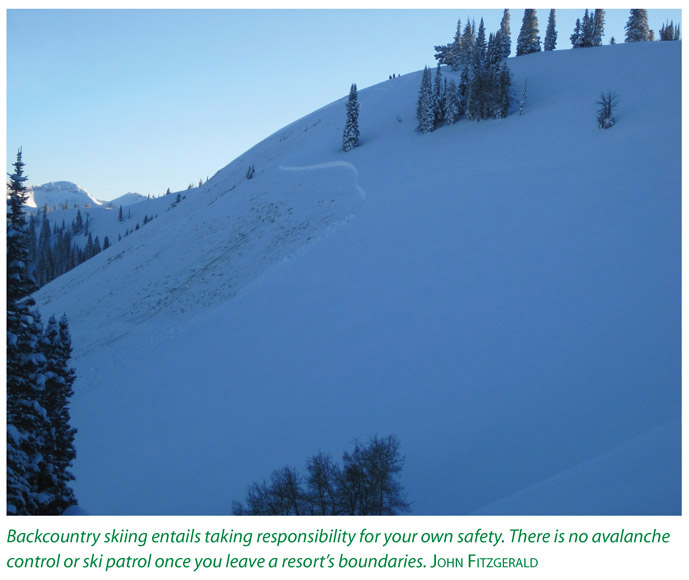
When people get in over their heads, its usually not the skiing that challenges them. That part is easy, especially with todays equipment. What gets people in trouble is their understanding of the hazards of backcountry travel and the responsibility they assume for their own safety when they leave a resort. You are on your own out theretheres no ski patrol and help can be hours awayand the potential hazards you face are many. Avalanches are undoubtedly the direst danger, but you may also encounter challenging weather, injuries or broken equipment that can quickly change a half-day romp in the mountains into a deadly epic.
Backcountry, Sidecountry, and Slackcountry
Youve probably heard the terms backcountry, sidecountry, and slack-country tossed around to describe the terrain encountered outside resort boundaries. The labels are used to distinguish between different types of backcountry. Sidecountry is considered to be terrain immediately adjacent to a ski resort that is accessed through gates along the resorts boundary. Most sidecountry skiing is lift-assisted, although you may have to boot-pack up some sections to get the goods. Slackcountry is the road-accessed ski terrain found in places like Little Cottonwood Canyon near Salt Lake City, Utah, or Teton Pass near Jackson, Wyoming. These areas often require a boot pack or skin to ski lines that take you back to the road where you can hitch a ride to your car. All other terrain is considered just plain backcountry.
But there is danger in these terms. Sidecountry and slackcountry connote something safer because of their easy access. But the truth is, any time you step outside of a resort area, you are in backcountry, which means you are in unpatrolled, uncontrolled terrain with all the requisite hazards. Dont underestimate the consequences of leaving the resort just because its called the sidecountry and you took a lift to get there.
This book is intended to help the beginner backcountry skier understand what alpine touring entails. Well talk about equipment, technique, route selection, and hazards. Reading about these things will help you educate yourself so you know the questions to ask and the guidance you need to venture out of bounds safely. But you cant just rely on a book. If you plan to pursue alpine touring, find a mentor. Take an avalanche class. Pick a modest objective while you gain experience. Ignorance can be deadly. Start slowly so you dont become a statistic.


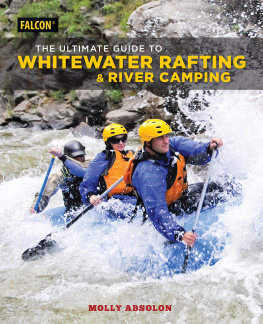
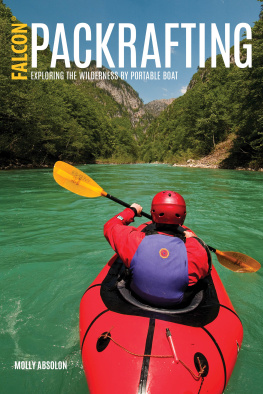
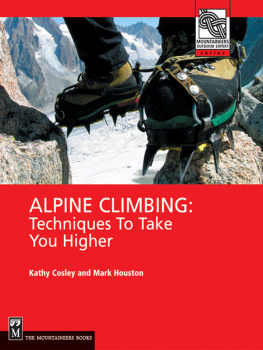



 The paper used in this publication meets the minimum requirements of American National Standard for Information SciencesPermanence of Paper for Printed Library Materials, ANSI/NISO Z39.48-1992.
The paper used in this publication meets the minimum requirements of American National Standard for Information SciencesPermanence of Paper for Printed Library Materials, ANSI/NISO Z39.48-1992.